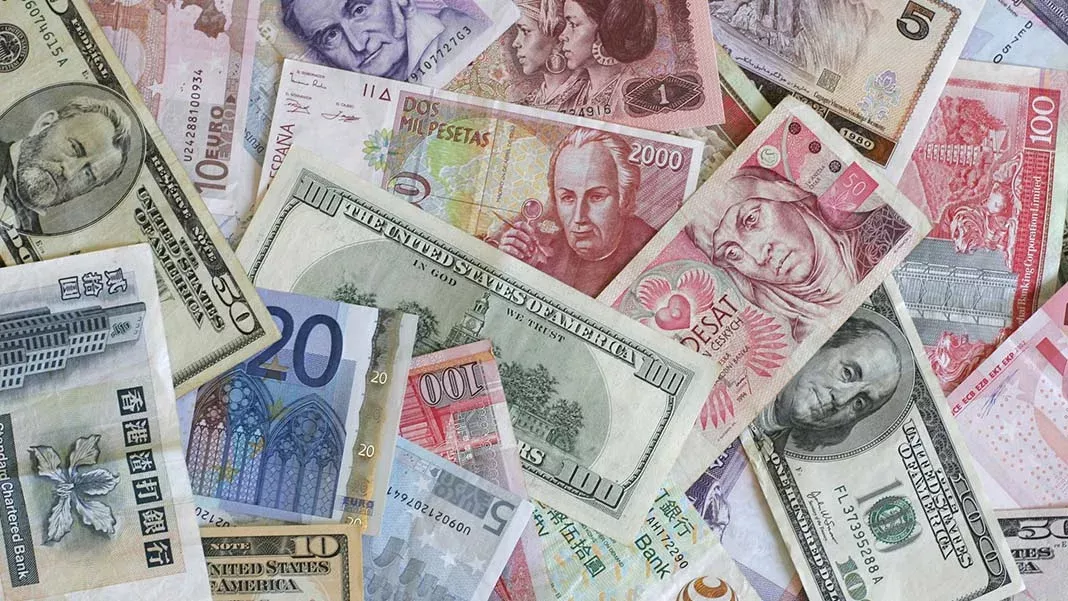In the realm of global finance, exchange rates play a pivotal role in determining the value of currencies across borders. For individuals and businesses engaged in international transactions, understanding these rates is crucial. As of March 26, 2024, the exchange rate stands at 1 United States Dollar equals 1.53 Australian Dollars. This rate not only affects the current value of currencies but also prompts reflection on the underlying factors driving these changes and offers insights into future trends. In this article, we’ll explore the implications of this exchange rate for someone looking to convert $10,000 US dollars into Australian dollars, the reasons behind fluctuating exchange rates, potential future trends, and an overview of the method of exchanging foreign currencies.
Converting $10,000 US Dollars to Australian Dollars:
To convert $10,000 US dollars into Australian dollars at the current exchange rate of 1.53, one would receive approximately $15,300 Australian dollars. This process illustrates the direct impact exchange rates have on the purchasing power of currencies and the importance of staying informed about prevailing rates when engaging in international transactions.
Reasons Behind Exchange Rate Changes:
Exchange rates are influenced by a myriad of factors, including economic indicators, geopolitical events, monetary policies, and market sentiment. Some key reasons behind fluctuations in exchange rates include:
1. Interest Rates: Central banks’ decisions regarding interest rates can significantly impact exchange rates. Higher interest rates typically attract foreign investment, leading to an appreciation of the local currency.
2. Economic Performance: Strong economic indicators such as GDP growth, employment rates, and trade balances can bolster confidence in a currency, driving its value higher relative to others.
3. Political Stability: Political stability fosters investor confidence, which can positively influence a country’s currency. Conversely, political unrest or uncertainty may lead to depreciation.
4. Market Sentiment: Speculation and investor sentiment can cause short-term fluctuations in exchange rates, as traders react to news and events impacting the global economy.
Trade Relations: Trade imbalances between countries can affect exchange rates. A country with a trade surplus (exporting more than importing) may see its currency appreciate, while a deficit could lead to depreciation.
Future Trends:
Predicting future exchange rate movements is inherently challenging due to the multitude of variables at play. However, several trends and factors may shape exchange rate dynamics in the coming months:
1. Navigating the Exchange: $10,000 US Dollars in Australian Dollars Divergent monetary policies among major central banks, particularly the US Federal Reserve, the European Central Bank, and the Reserve Bank of Australia, may influence exchange rates as markets adjust to varying interest rate expectations.
2. Economic Recovery: The pace and trajectory of economic recovery following global events such as the COVID-19 pandemic will impact currency valuations. Stronger recoveries may support currencies of countries with robust economic fundamentals.
3. Geopolitical Developments: Geopolitical tensions, trade negotiations, and policy shifts can introduce uncertainty into currency markets, leading to volatility and potential exchange rate fluctuations.
4. Commodity Prices: Australia’s economy is closely tied to commodity exports, particularly iron ore and natural gas. Fluctuations in commodity prices can influence the value of the Australian dollar.
Inflation Dynamics: policy shifts, can affect exchange rates by altering investors’ expectations of future currency values.
Method of Exchanging Foreign Currencies:
There are several methods individuals and businesses can use to exchange foreign currencies:
1. Banks and Financial Institutions: Banks offer currency exchange services, allowing customers to convert one currency into another either in person or through online banking platforms. However, banks may charge fees or offer less favorable exchange rates.
2. Currency Exchange Services: Dedicated currency exchange services or bureaus provide currency conversion for travelers and businesses. These services may offer competitive rates and lower fees compared to banks.
3. nline Platforms: Online currency exchange platforms facilitate currency conversions with competitive rates and convenient transaction processes. These platforms often offer real-time exchange rate information and may provide additional features such as forward contracts and limit orders.
4. ATMs: Automated teller machines (ATMs) located in international airports, hotels, and tourist areas often offer currency exchange services. However, users should be aware of potential fees and less favorable exchange rates.
Forex (Foreign Exchange) Market: Advanced users and businesses engaged in large-scale currency transactions may utilize the foreign exchange market, where currencies are traded electronically around the clock. This market offers liquidity and flexibility but requires expertise and carries inherent risks.
FAQs:
Q1: How can I calculate the amount of Australian dollars I’ll receive when converting $10,000 US dollars?
A1: To calculate the amount of Australian dollars you’ll receive, multiply the amount of US dollars by the current exchange rate. For example, if the exchange rate is 1.53, multiplying $10,000 by 1.53 gives you approximately $15,300 Australian dollars.
Q2: Why do exchange rates fluctuate?
A2: Exchange rates fluctuate due to various factors such as economic indicators, monetary policies, geopolitical events, market sentiment, and trade relations between countries.
Q3: What factors influence future exchange rate trends?
A3: Future exchange rate trends can be influenced by factors such as monetary policy divergence among central banks, economic recovery dynamics, geopolitical developments, commodity prices, and inflation dynamics.
Q4: What are the methods of exchanging foreign currencies?
A4: Methods of exchanging foreign currencies include banks and financial institutions, currency exchange services, online platforms, ATMs, and the foreign exchange market (Forex). Each method has its advantages and considerations regarding fees, exchange rates, and convenience.
In conclusion, understanding exchange rates and their implications is essential for individuals and businesses engaging in international transactions. By staying informed about prevailing rates, underlying factors driving exchange rate changes, and available methods of currency exchange, individuals can navigate the complexities of global finance more effectively.


